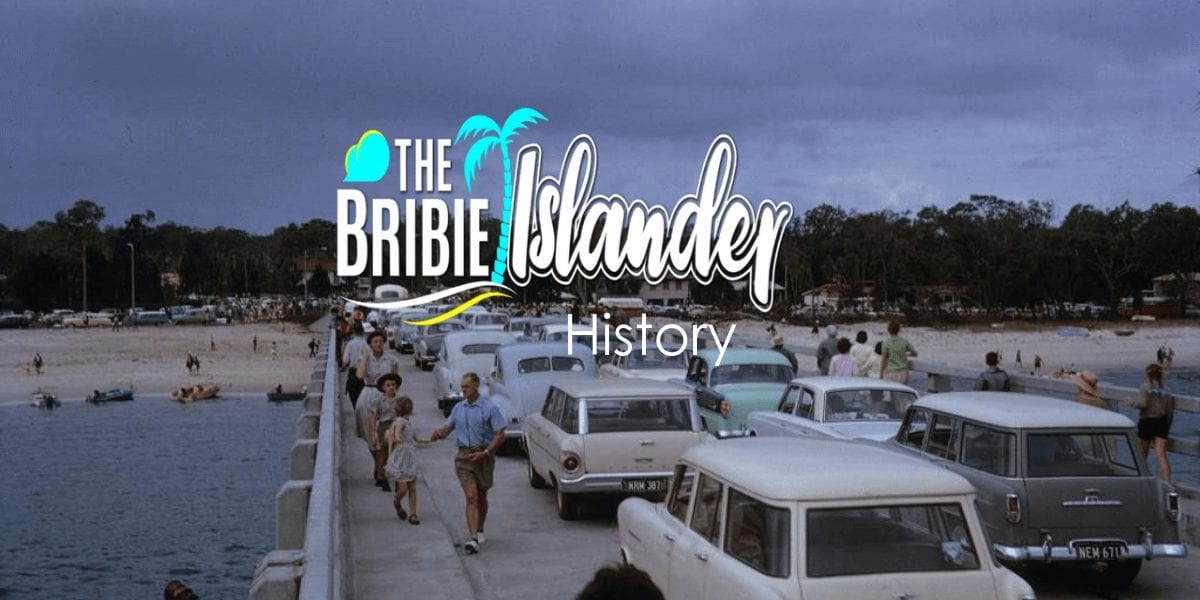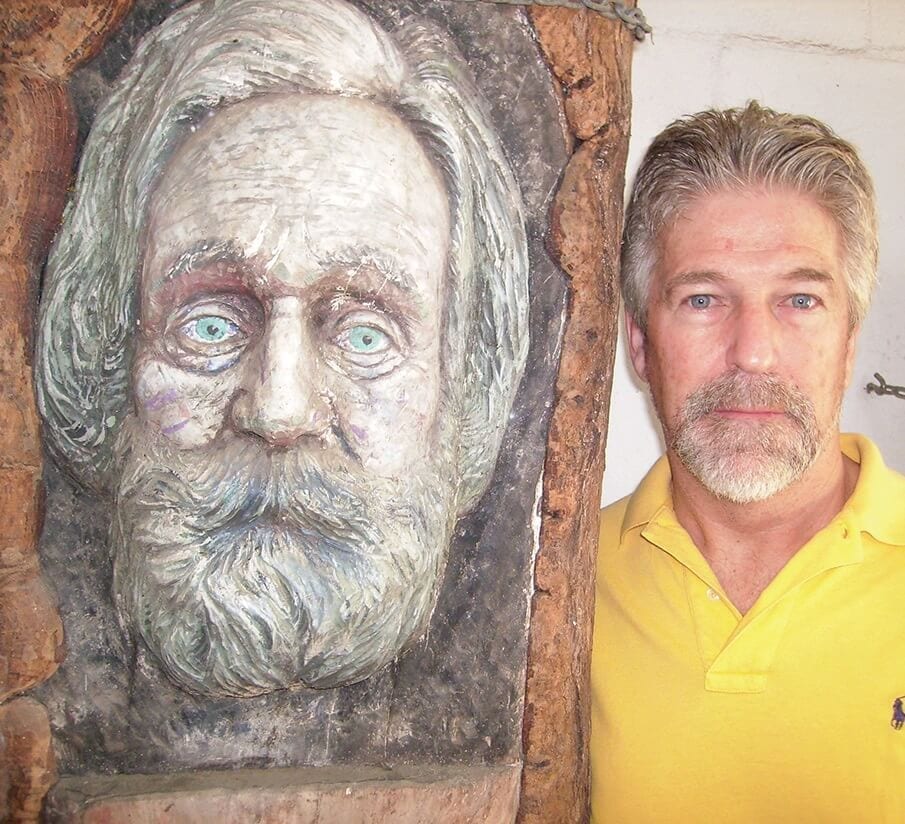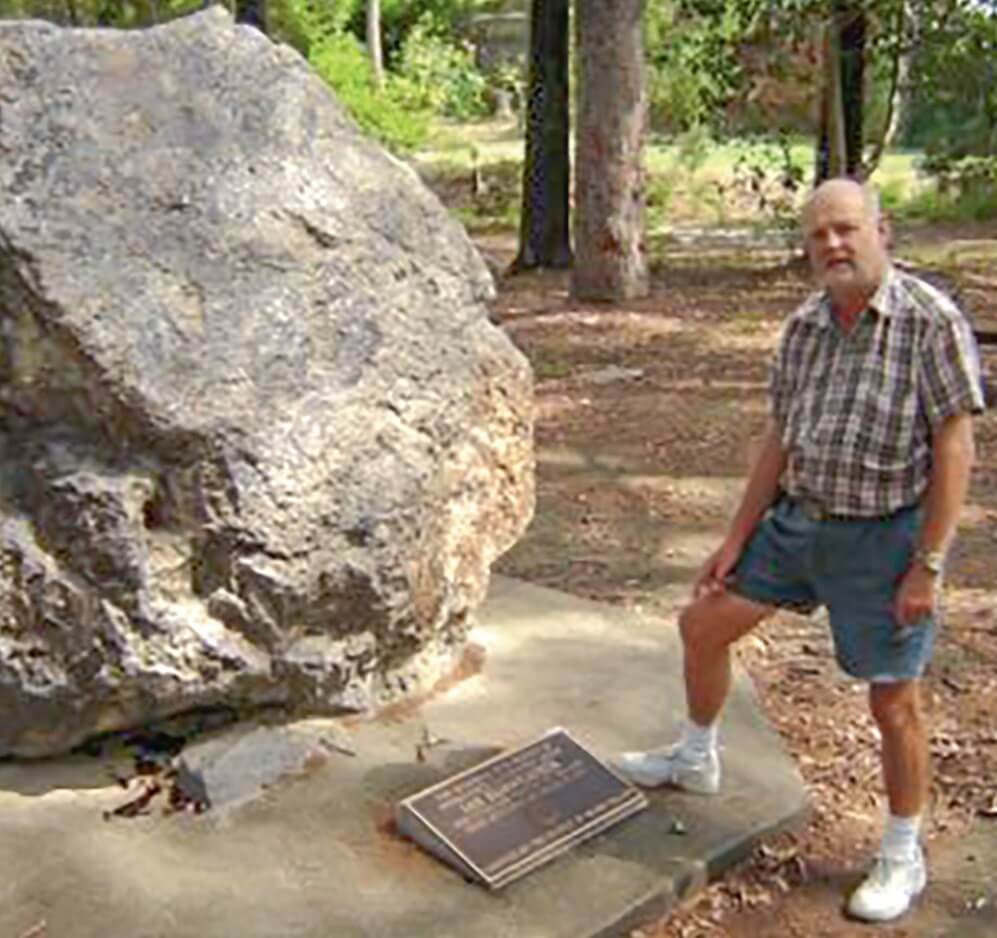BRIBIES SPECIAL CHARACTER – Ian Fairweather
Today there are some truly remarkable people living on Bribie…. I am sure you know a few.
From the earliest days of settlement, Bribie seemed to attract a large number of unique and quite different people, who for various reasons chose to live on this isolated island. Many were “larger than life” people who had experienced the world in different and challenging ways.
Several were veterans of WW1 who had lost arms and legs and found Bribie and easier place to live. The fascinating history of Bribie is full of such people, who contributed greatly to creating the character of this special place. By far the most internationally famous, talented, and unusual lifestyle was that of recluse artist Ian Fairweather.
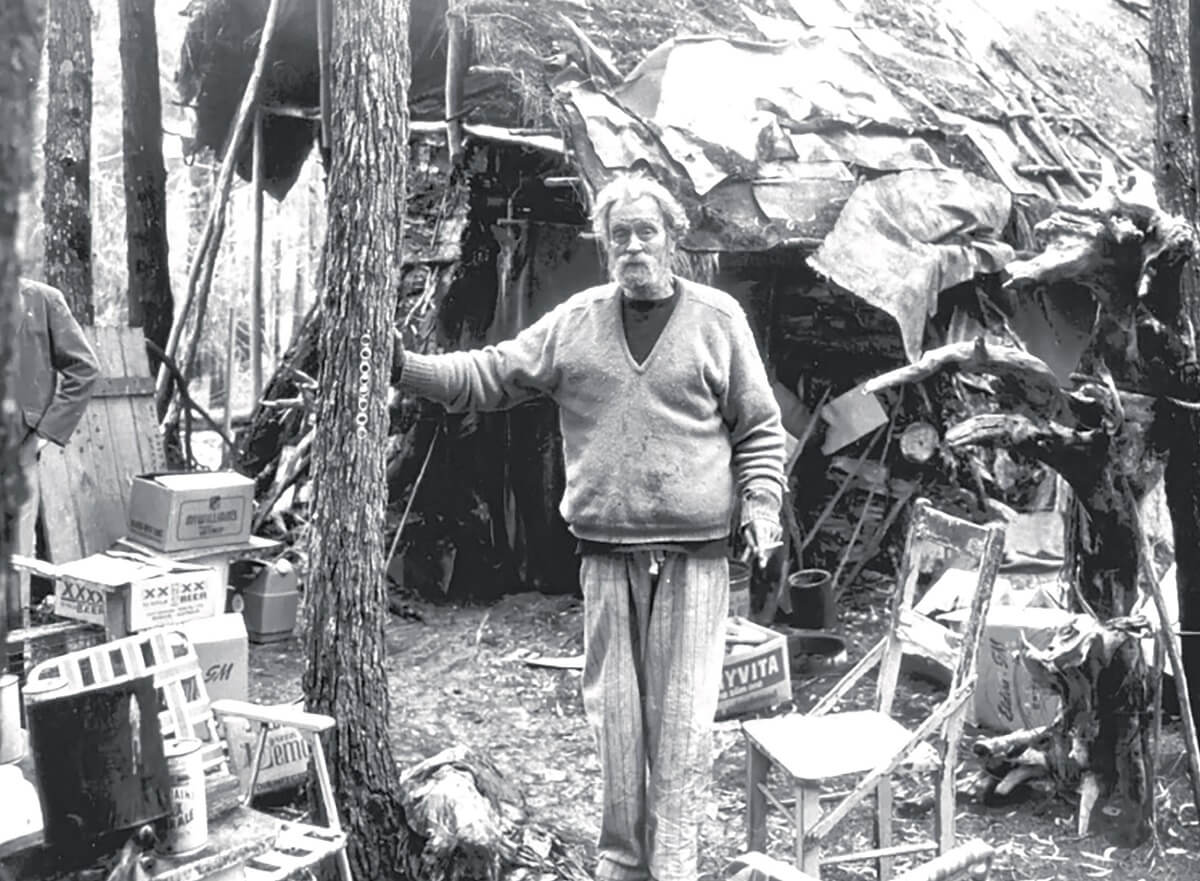
BRIBIES MOST FAMOUS RESIDENT
Ian Fairweather lived and painted on Bribie Island over a period of 21 years from 1953 until his death in 1974. Born in Scotland in 1891, as the ninth and youngest son of a military doctor, he was raised by two maiden aunts, while the rest of his family lived in India. He joined the Army in 1914, was captured on the first day of World War I, and spent four years in prison, despite five attempts to escape.
In the 1920’s he attended the Slade Art School in London, and then for many years lived a nomadic life travelling extensively in Canada, China, S.E. Asia & India, where he once again joined the Army as a Captain in World War 2. After the war, he was jailed in Indonesia as a suspected spy after sailing a home-made raft from Darwin to Timor. He was lucky to survive this adventure.
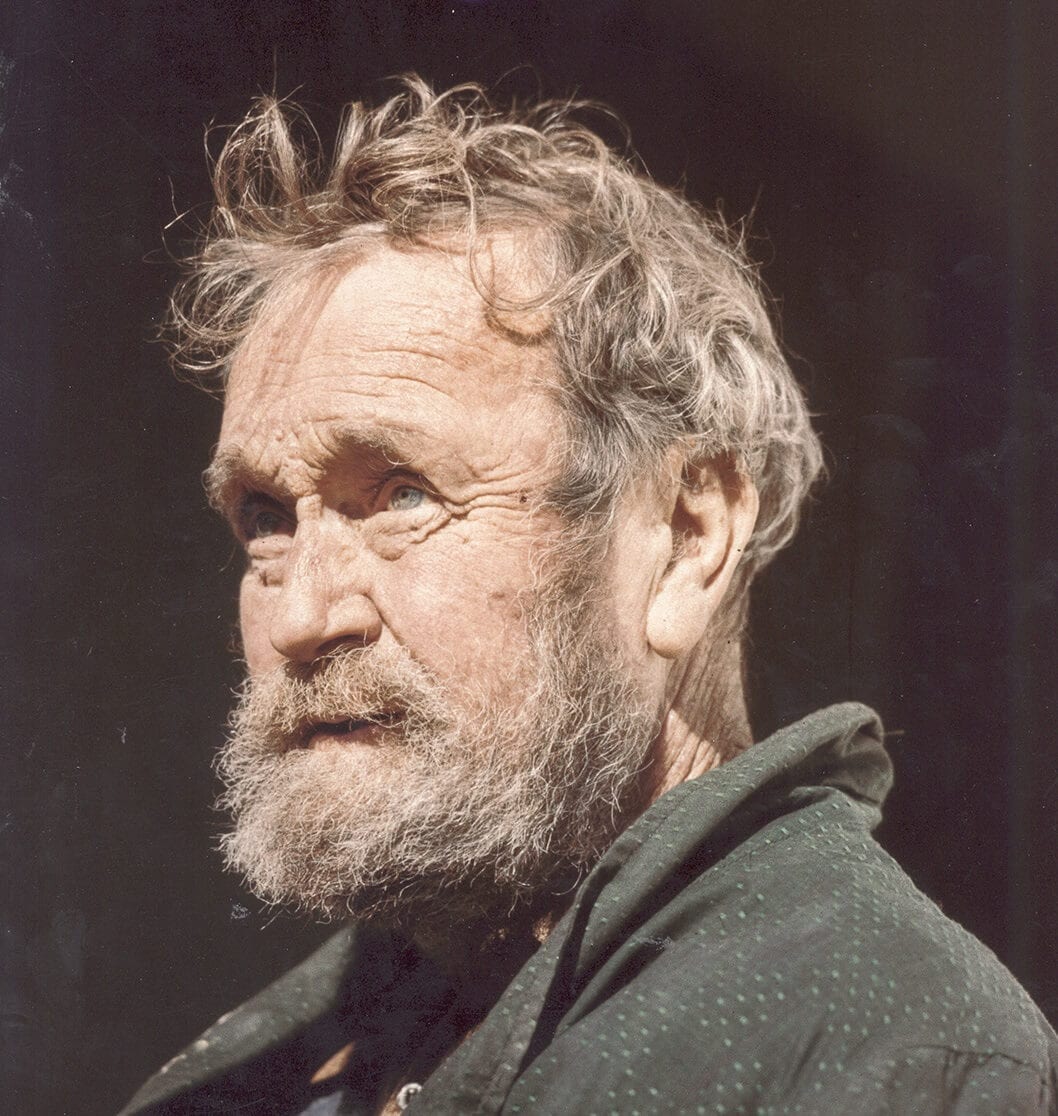
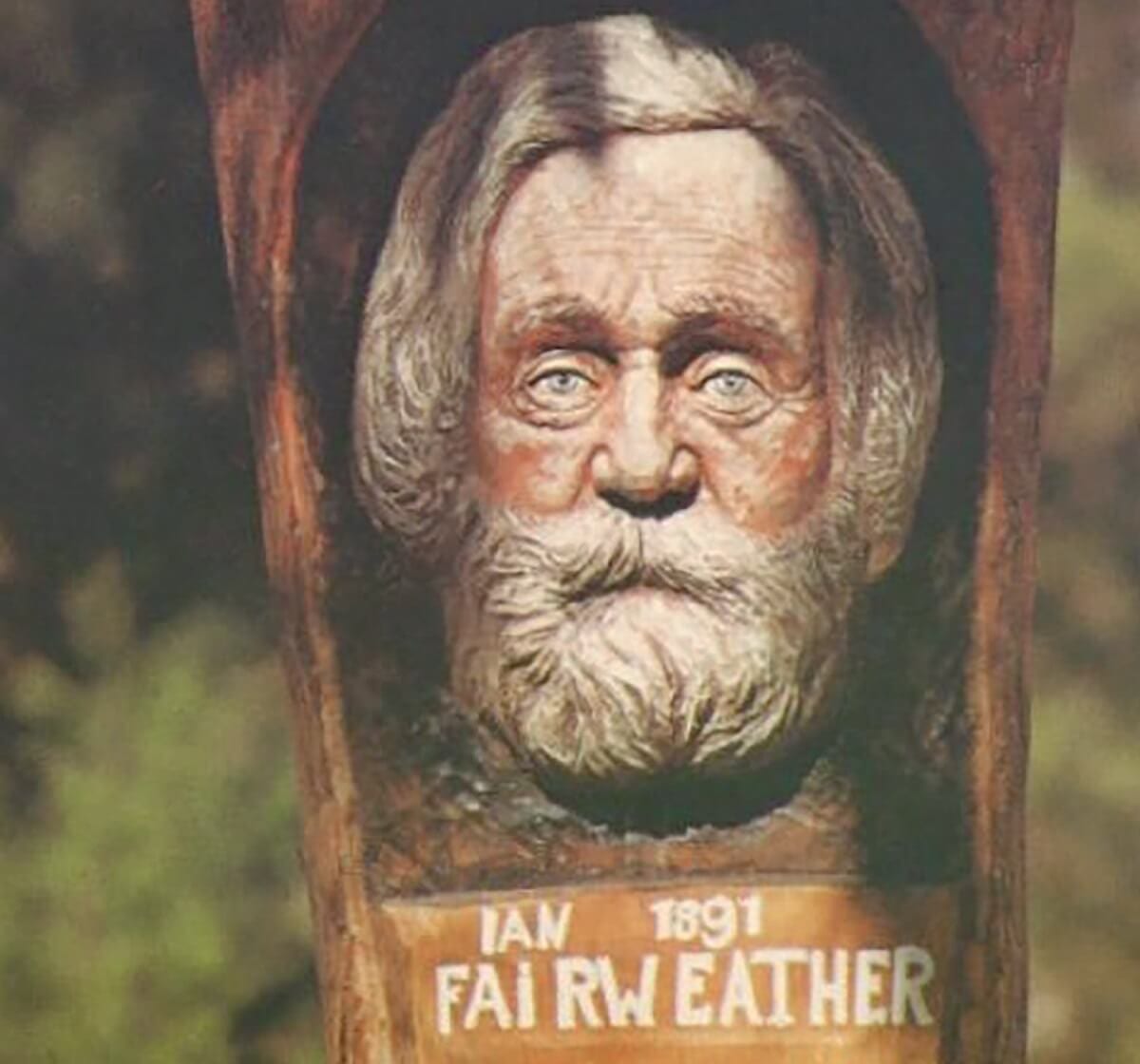
Through all this he developed a unique and personal style of art, reflecting his life experiences. He was always restless, the painting was his emotional escape, and his remarkable talent was soon being recognised.
Ian Fairweather came by chance to Bribie Island in 1953, to pursue his chosen lifestyle, isolation, fewer people and a chance to live life in his own way. He constructed a Polynesian style grass-hut, with a thatched roof and earth floor, where he lived and painted, following his interest in Oriental studies and Chinese translation.
His unique approach to painting was sought after by the international art world, but most Bribie Islanders saw little of him and even less of his “unusual” work. He was regarded as a rather weird and unhealthy hermit, living in the bush, without power or water, at one with nature, and keeping to himself.
He lived close to the rubbish tip, the source of many of his painting surfaces. Many people wanted him removed and complained to Council, who eventually constructed a fibro hut for him…. which he refused to live in. After several years of declining health, he died in 1974 at the age of 83.
FAIRWEATHER’S LEGACY
He was 60 years of age when he came to Bribie, and over 21 years he painted some of his greatest works. Many of these painted, on cardboard or scrap plywood, now hang in galleries around the world, including Parliament House in Canberra, and sell at art auctions for millions of dollars.
On his death, the Council immediately burned down his remarkable grass hut with all his worldly goods. Just imagine what a unique International “Tourist Attraction” that would be on Bribie today.
TRIBUTE TO FAIRWEATHER
After Fairweather’s death, another unique Bribie character sought to maintain his memory by erecting a replica hut and art gallery at his nearby home. This was Ralph Latcham, also an aspiring artist, who came to Bribie in 1963 when the bridge opened. He was a great supporter of Fairweather’s art and lifestyle, they shared a love of wildlife and nature, and he wrote to the Premier of Queensland seeking the protection of Fairweather’s hut and land.
This was rejected, and after his death and burning of his hut, Ralph Latcham carved the face of Fairweather in the fork of a large tree on his property in Bonham Street and erected a replica Grass hut. It was unveiled by the then Speaker of State Parliament and was a much-visited attraction in 1975.
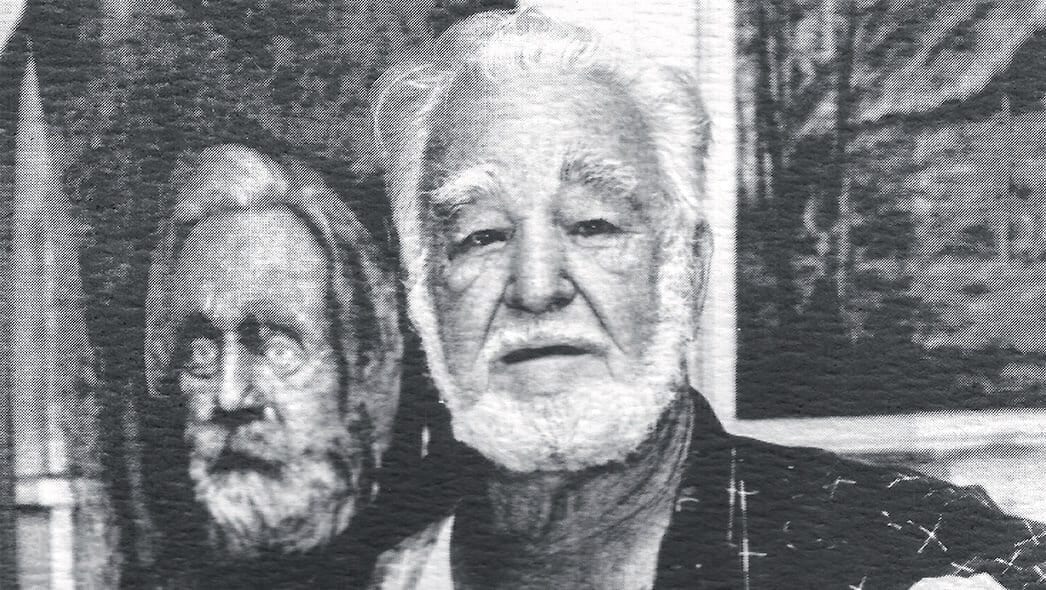
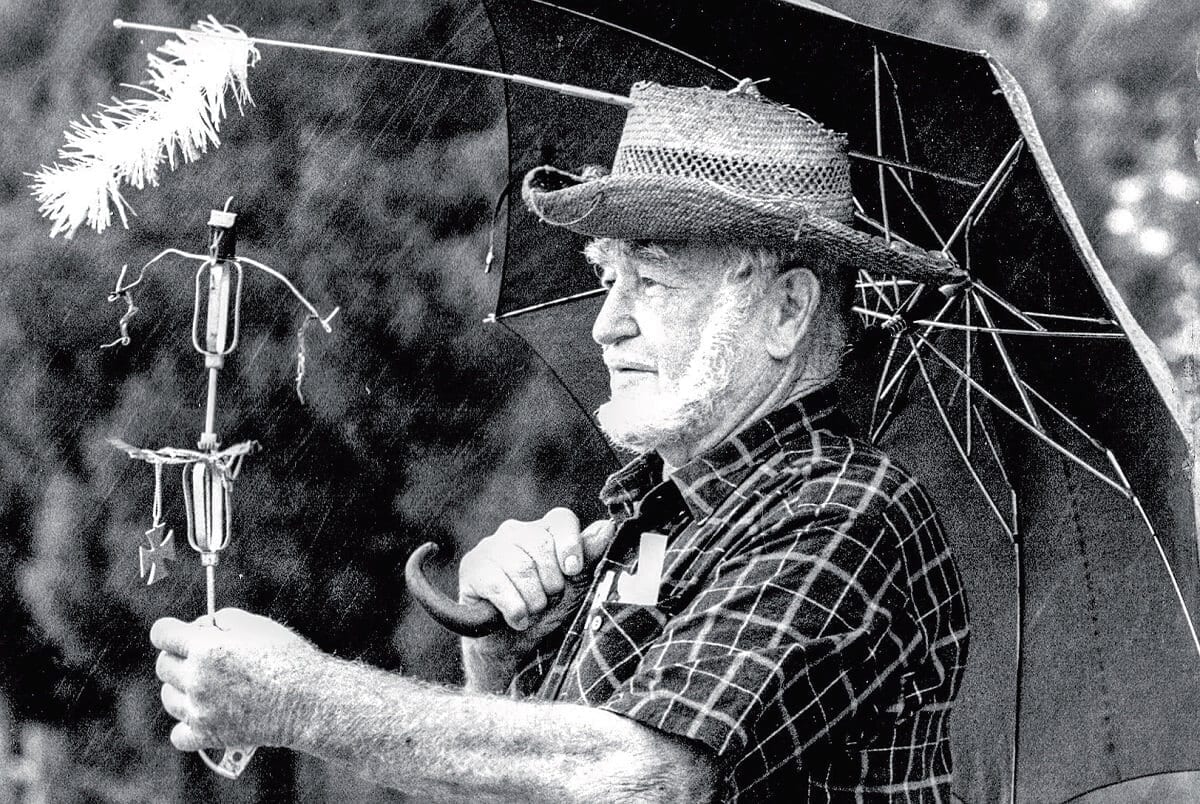
The following year Latcham offered his property with carved tree and replica hut as a gift to the Queensland Government. This “Gift” was rejected by the Government, the National Trust, and the Council. As a protest to this, Latcham burned down his replica hut and cut down his tree with Fairweather’s carved head in the fork, and it was placed in the Community Arts Centre for many years, before recently being relocated to the Seaside Museum.
In 1991 Ralph Latcham published a small book titled “The Mystique and Philosophy of Artist Ian Fairweather”. Ralph Latcham died in 1997 by which time the memory of Ian Fairweather had all but faded into history. On the site of his grass hut, a large commemorative rock was placed.
FAIRWEATHER REMEMBERED
When I came to live on Bribie in 2004, I knew nothing about Ian Fairweather and even less about Bribie Island and its fascinating history. As my interest grew, I discovered the memorial rock, in the park that bears his name, but the tablet had been vandalised and there was nothing to indicate who or what he was. I arranged to have a bronze plaque installed at the rock and organised an unveiling ceremony attended by the Mayor, Councillor and many old-timers who had known him personally.
This large crowd enjoyed many personal recollections of his life on Bribie. The event was also attended by a Film Production Company who were about to make a documentary film for the ABC about his life. They filmed interviews with several of these “old-timers.” This led to my own involvement in filming some scenes for the documentary on Bribie over the next couple of years, including his only surviving relative, a nephew in the UK, coming out to Bribie.
The one-hour documentary titled “Fairweather Man” is shown on ABC TV from time to time, but can be viewed at the Seaside Museum theatre at any time. Go and see it. I also included a bronze plaque about Ian Fairweather among the 16 Heritage Walk plaques I installed along the Bongaree waterfront in 2009. You can see this one in the Jetty precinct gardens, and the free brochure is available at the Visitor Centre and Museum.
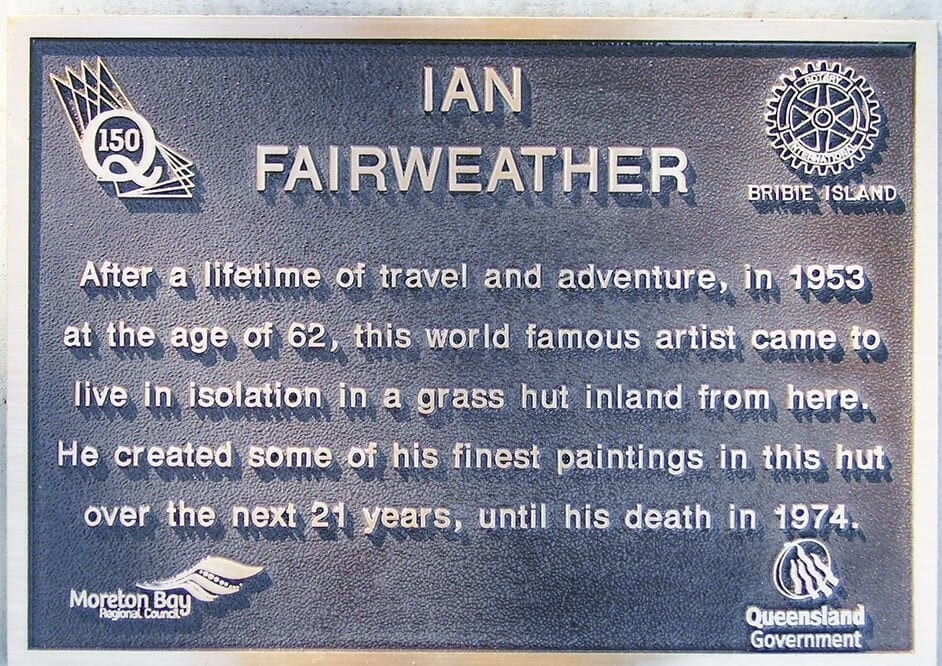
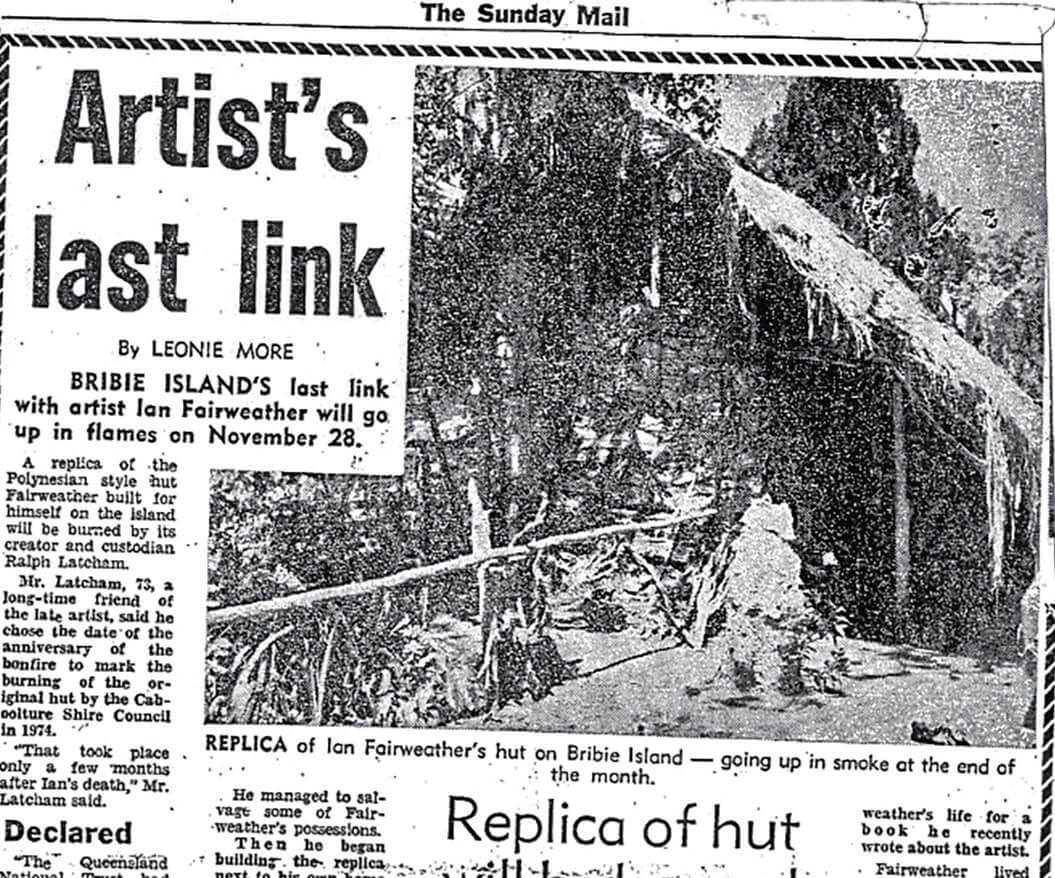
Soon after that, I met a performance actor Steve Gration who had written a one-man play about the life of Ian Fairweather. He performed his inspiring play to a capacity crowd at the Seaside Museum. Steve truly captured an insightful image of Fairweather’s words, his life, and art in this play, which went on to receive awards at a Theatre festival in Darwin, the location of Fairweather’s “Adventure” after WW2.
Steve Gration even looks like Ian Fairweather, as is seen in this photo of him beside the Carved tree. There have been special exhibitions of Fairweather’s work at the Queensland Art Gallery over the years, as well as some on permanent display.
Awareness and interest in Fairweather’s work and life have been steadily growing, as more books are written about him, and showing his paintings. He is now rated among the top 50 artists in the world, but still virtually unknown and recognised on Bribie Island, his special home for 21 years. I have been interviewed by the media and given several presentations on Bribie over recent years.
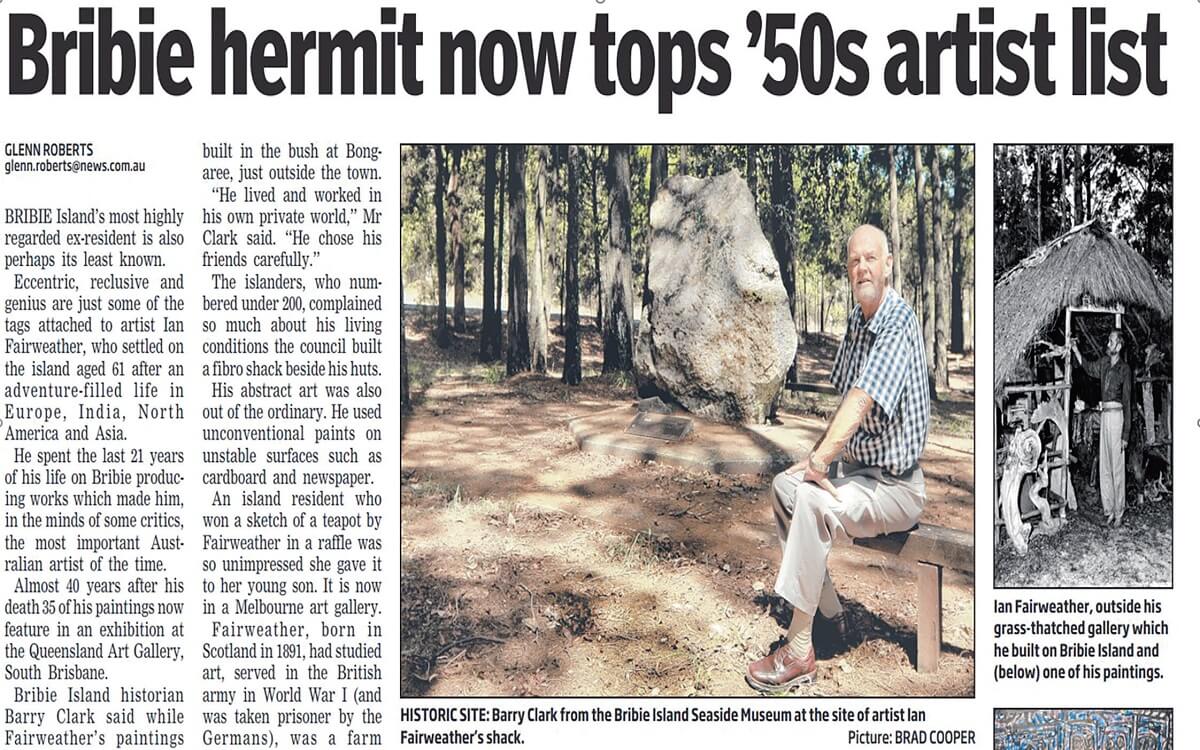
SEE FOR YOURSELF
For some readers, this story may be a surprise to realise that an internationally famous and acclaimed artist once lived in the bush on Bribie. If I have sparked your interest, you can find several books in the Bribie Library about him and his remarkable creative work. You may not necessarily like it, but I think you will appreciate it knowing a little more about the man.
Better still go to the Seaside Museum any day and ask to view the “Fairweather Man” film in the theatre. Then, go and walk on the site of his grass hut by the rock in Fairweather Pak, corner First Avenue, and Hunter Street, and soak up a little of the atmosphere that still exists there.
MORE BRIBIE HISTORY
The Historical Society has monthly public meetings at the RSL Club on the second Wednesday of each month commencing at 6:30 pm. with interesting guest speakers on a wide range of topics.
At the next meeting on Wednesday 13th November, I will be giving a presentation titled “Who really discovered the Brisbane River”. Come along. You can see many more photos and articles on our Blog Site at http://bribieislandhistory.blogspot.com or contact us on [email protected]
